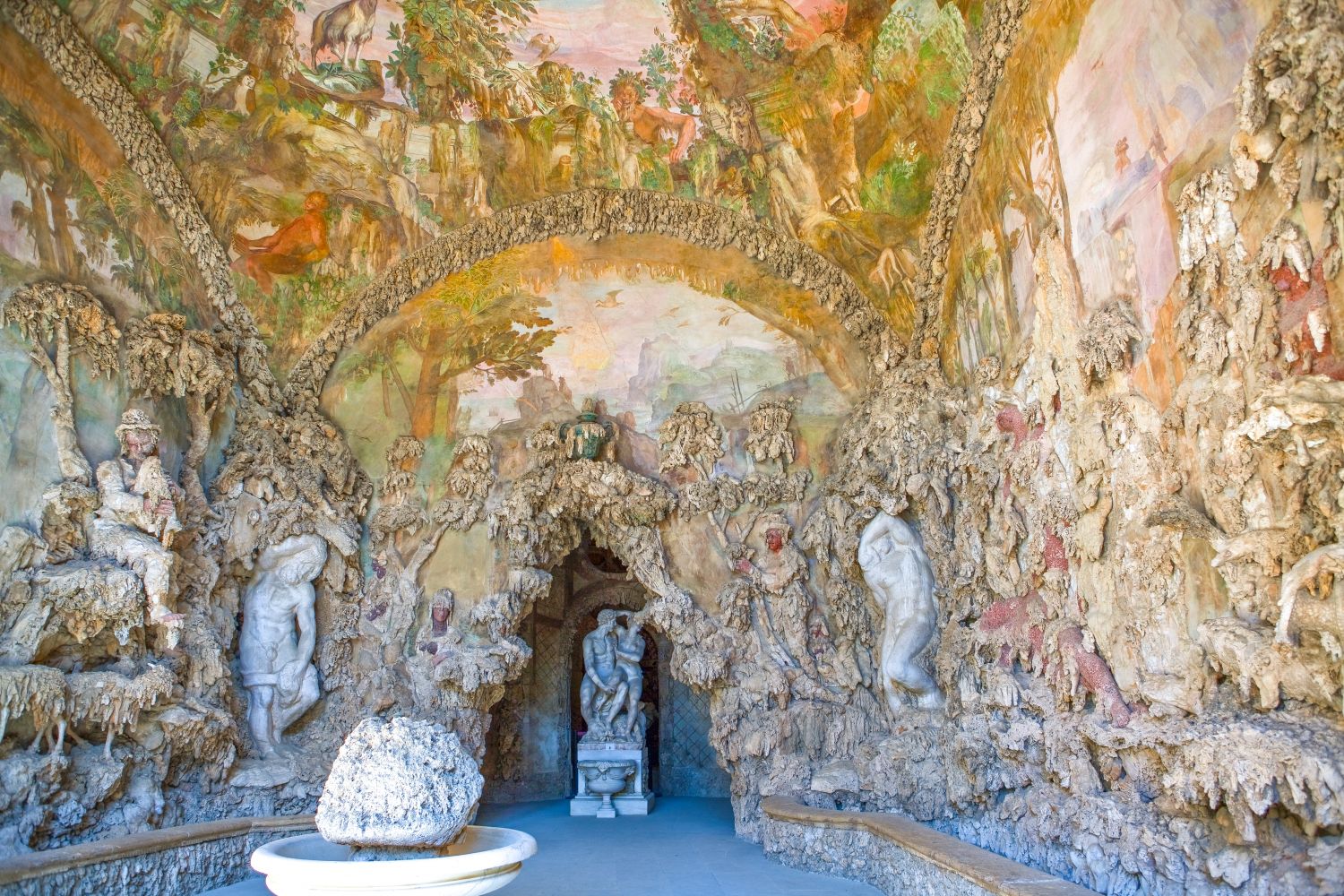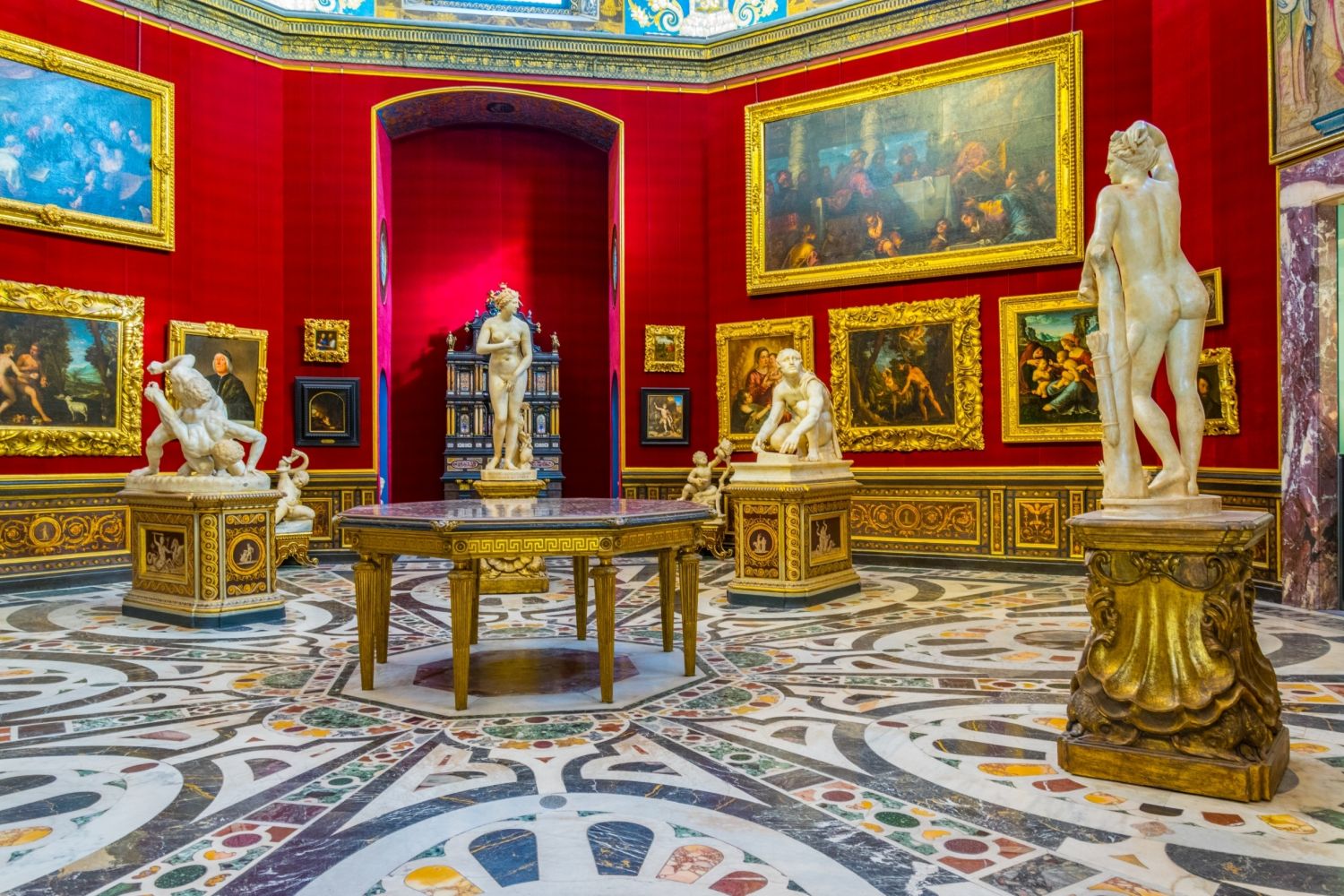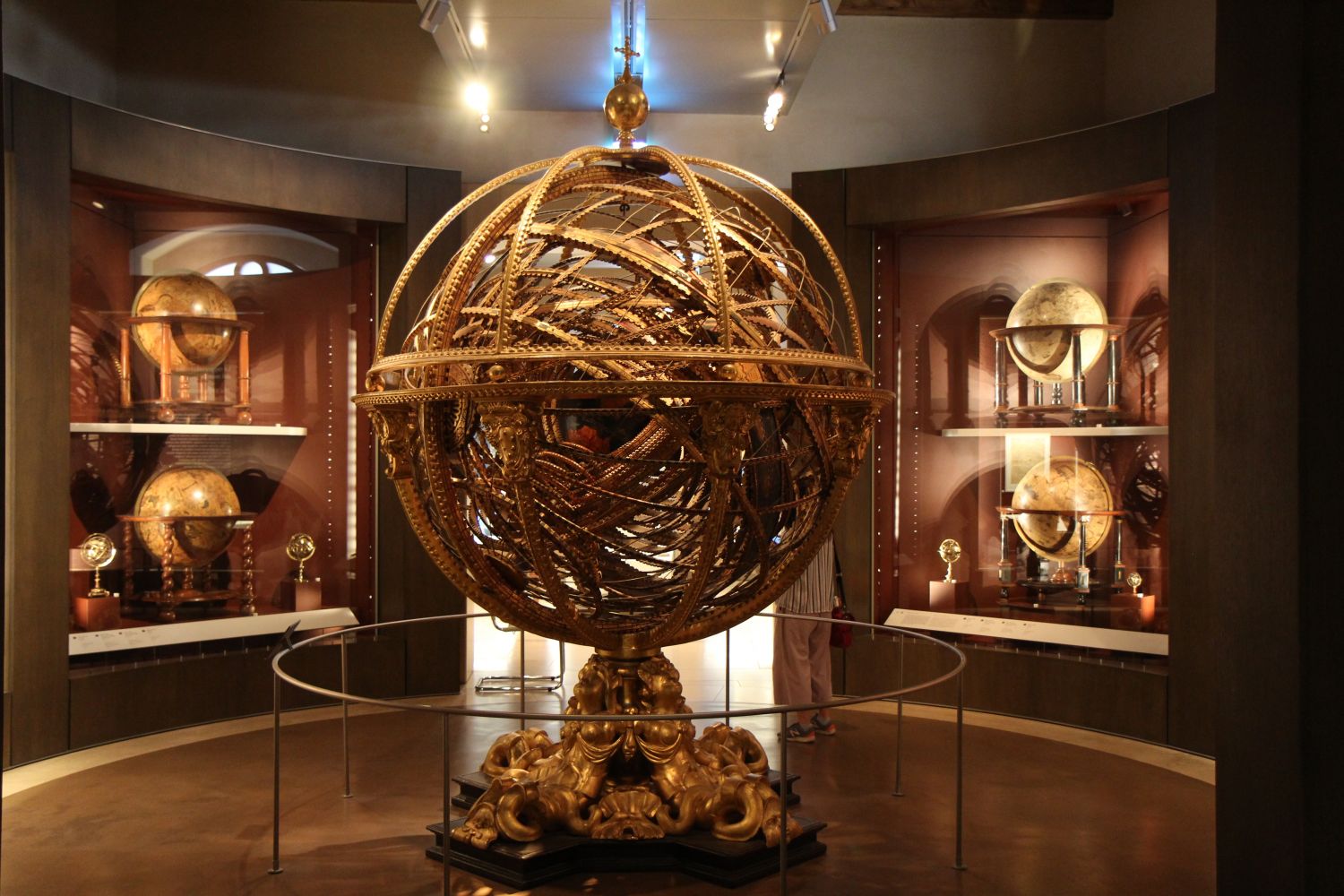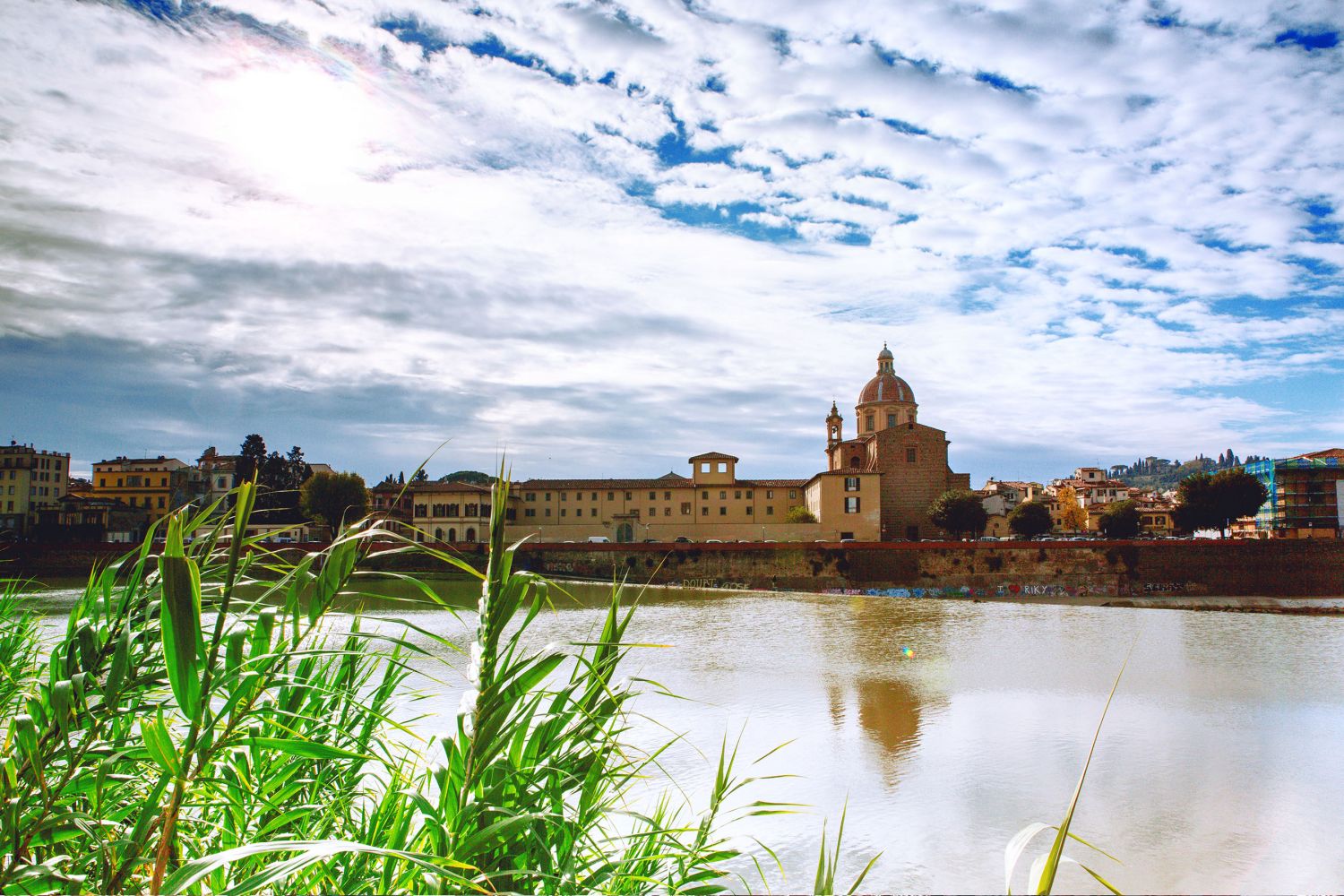
Pitti Palace and Boboli Gardens Tour
A day in court with the Medicis, the Lorraines and the kings of Italy..!
Explore










There is a fine thread – never was there such a perfect definition..! - that links Piazza Ognissanti to Piazza del Cestello on the other side of the river Arno..!
The Ognissanti church
is a real Florentine jewel where we can admire masterpieces by Giotto, Sandro Botticelli (who is also buried there) and Domenico Ghirlandaio (Michelangelo's teacher..!). Its construction began in 1251 as part of a series of conventual buildings for the ‘Umiliati’, a religious order of Lombard origin who arrived in Florence in 1239 to dedicate itself not only to observing evangelic precepts and practising poverty, but also to the manufacturing of wool. Owing to this ‘professional specialization’ the Umiliati needed (and obtained permission) to establish themselves close to the river.
The woollen cloth
was in fact processed (‘follato’) in the fulling mills which were run by the energy produced by the canalization of water from the river. From a semicircular terrace on Lungarno Amerigo Vespucci you can look down onto the Pescaia di Santa Rosa, an impressive example of hydraulic engineering created by the Umiliati that, through a system of mills and channels, piped water to the fulling mills outside the city. Leonardo da Vinci in person studied it..! The waterworks was demolished during the construction of the Arno embankment but is still partially visible on the ‘Pianta della Catena’, famous city plan of Florence dating from the end of the 15th century..!
Crossing the Amerigo Vespucci bridge and reaching Piazza di Cestello,
we find ourselves next to the ochre-coloured bulk on the right of the Caserma Cavalli, at one time called the ‘Granaio dell’Abbondanza’: it was built by Foggini after the wishes of Cosimo III de’ Medici as a storehouse for corn to distribute to the Florentines at times of scarcity (1695 - 1697).
Not everyone knows maybe that where the caserma (barracks) /ex-granary stood there was once a ‘tiratoio’..!
The tiratoios were no more than large forerunners of modern warehouses and were used for the drying of enormous quantities of wool which were spread out and stretched (‘tirato’) on large covered terraces at the top of the building. These buildings were usually the property of the wool guild (‘Arte della Lana’), but some of them belonged to the Florentine families who produced wool. A little research in ‘Google Images’ is sufficient to find photographs and paintings from the 19th century that testify the overwhelming presence (often where we would least expect them) of these fascinating structures of which no trace remains today (such as the gigantic tiratoio that occupied the area where now stands the Chamber of Commerce, on the Lungarno Generale Armando Diaz).
We will come to the end of our off-the-beaten-track private walking tour of Florence passing through a few of the places that were dedicated to the Florentine wool trade, leaving San Frediano behind us and Caserma Cavalli on our right and entering Piazza del Tiratoio. The grey and white building with the balcony, on the right hand side of the square, was also tiratoio in its time; it was erected to replace the previous building, which had become a grand-ducal granary and later the barracks that it is today. Destroyed by fire in 1874 to be then rebuilt, it is currently the seat of the Ufficio Sezionale Oltrarno del Commissariato di Polizia.
